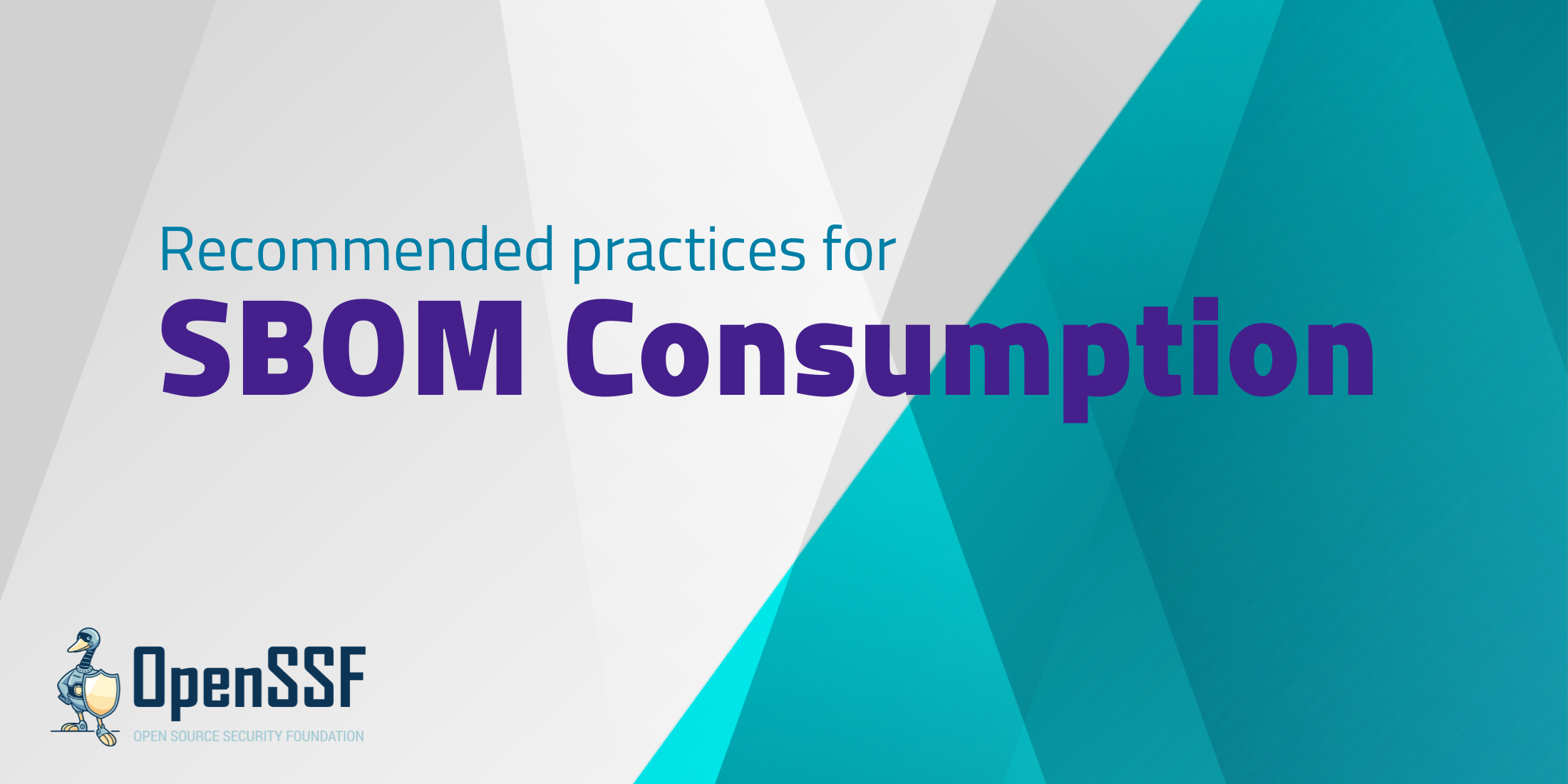
In an era where cyber threats continue to evolve, securing the software supply chain has become paramount for organizations globally. Recognizing the critical need for a robust framework, the US National Security Agency (NSA), Office of the Director of National Intelligence (ODNI), the Cybersecurity and Infrastructure Security Agency (CISA), and industry partners have collaborated to release a cybersecurity technical report titled “Securing the Software Supply Chain: Recommended Practices for Software Bill of Materials Consumption.“
The Essence of the Report
Developed by the Enduring Security Framework (ESF) Software Supply Chain Working Group, an NSA, ODNI, and CISA-led a public-private cross-sector group, this report serves as a comprehensive guide for software developers, suppliers, and customer stakeholders within the critical infrastructure industry. It aims to ensure the integrity and security of software throughout its lifecycle, emphasizing contractual agreements, software releases and updates, notifications, and mitigations of vulnerabilities.
The Increasing Threat Landscape
The report highlights the alarming increase in cyberattacks that exploit weaknesses within software supply chains. It underscores the potential for supply chains to be weaponized by national state adversaries, utilizing various means such as the exploitation of design flaws, incorporation of vulnerable third-party components, infiltration of supplier networks with malicious code, and injection of malware into customer environments.
The Role of Software Bill of Materials (SBOMs)
A key focus of the report is on Software Bill of Materials (SBOMs), which provides critical software transparency for enhanced patch and vulnerability management. By offering a comprehensive view and categorization of all software components, SBOMs become a game-changer for security in the software supply chain. The report delves into SBOM consumption, lifecycle management, risk scoring, and operational implementation, aiming to increase transparency and provide organizations with vital risk information.
Government Response and Executive Order
The urgency of securing software supply chains has prompted a response from the highest levels of government. The White House issued Executive Order 14028, focusing on improving the nation’s cybersecurity. This executive order establishes new requirements to secure the federal government’s software supply chain, emphasizing the need for heightened awareness and cognizance regarding potential weaponization by nation-state adversaries.
SBOM Work at the OpenSSF
The OpenSSF believes the use cases for SBOMs should be clearly understood, documented and implemented in current SBOM specifications. There is work underway within the OpenSSF to encourage the use of SBOMs. OpenSSF Scorecard is reporting SBOM presence as one of the checks. OpenSSF Security Tooling Working Group hosts the SBOM Everywhere initiative. The initiative is in the process of standardizing the SBOM naming, location. SBOMit is another initiative that focuses on the attestation of SBOMs. The OpenSSF OpenVEX Special Interest Group (SIG) is a group dedicated to the transparent sharing of vulnerability data through OpenVEX, a simplified Vulnerability Exploitability eXchange specification and a set of tooling. We invite you to join the OpenSSF communities to make open source software more secure.
As cyber threats continue to pose significant challenges, the OpenSSF applauds the Securing the Software Supply Chain Report as solid guidance for the critical infrastructure industry on SBOMs. By emphasizing recommended practices for SBOM consumption, the report aims to fortify the software supply chain against evolving threats, providing stakeholders with the tools and knowledge needed to safeguard the integrity and security of software throughout its lifecycle. In an interconnected digital landscape, this collaborative effort between government agencies and industry partners is crucial for building resilience and maintaining trust in the software that underpins our critical infrastructure.